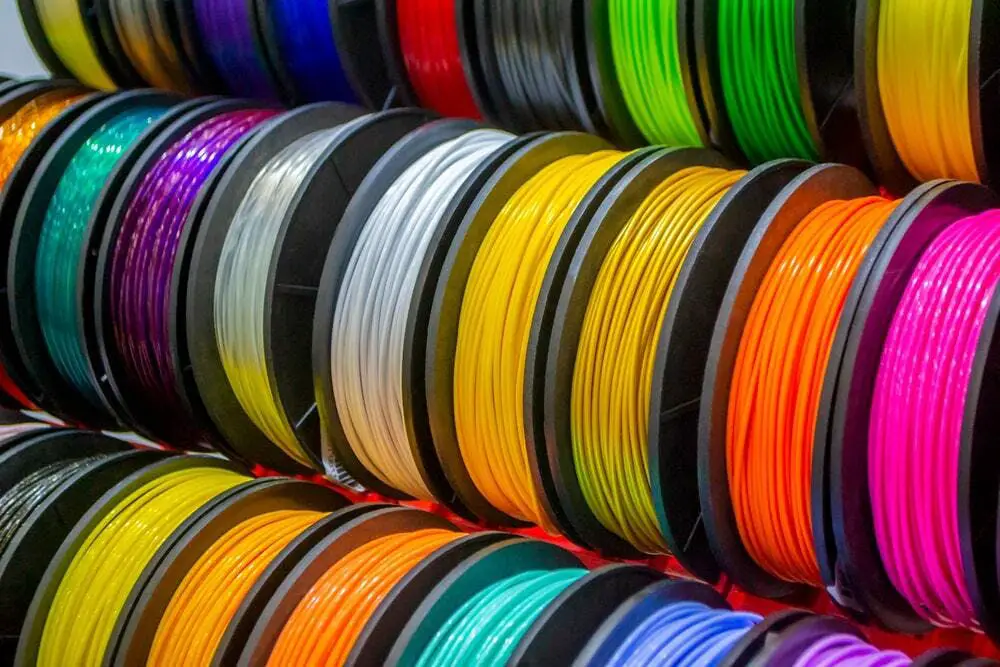
Discover the fascinating world of “3D Printing Filament” and learn how the right choice can transform your printing experience. You’ll find out that certain materials like PLA and PLA+ are beginner-friendly, making them perfect if you’re just starting. PETG offers a sturdy balance and is great for functional parts, while ABS, known for its durability, is ideal for more advanced users. Explore this brief guide to understand the unique properties of these filaments and which one suits you best. Have you ever wondered which 3D printing filament is best for your projects? Especially with so many different kinds available, it’s easy to feel overwhelmed. You’re not alone! The world of 3D printing is expanding rapidly, and so are your options for materials. Let’s dive into the exciting world of 3D printing filament and find out which one is the easiest for you to work with.
What is 3D Printing Filament?
A 3D printing filament is essentially the “ink” your 3D printer uses to create objects. Think of it as the raw material that gets melted down and layered to form your 3D prints. The filament comes in various types, each with its own set of characteristics, such as strength, flexibility, and ease of use. Understanding these filaments can help you make better choices for your specific project needs.
Types of 3D Printing Filament
There are several types of 3D printing filaments available, but five categories stand out for their popularity and versatility: PLA, PLA+, PETG, PLU, and ABS. Each has its pros and cons, which we’ll discuss in detail.
PLA (Polylactic Acid)
PLA is probably the most widely used 3D printing filament, especially among beginners. Derived from renewable resources like corn starch, it’s biodegradable and generally easy to print with.
Pros of PLA
- Ease of Use: PLA is beginner-friendly, requiring lower printing temperatures between 180°C and 220°C.
- Biodegradable: Being plant-based, it’s an environmentally friendly option.
- No Heated Bed Required: Although a heated bed can be useful, it’s not essential with PLA.
- Low Warping: PLA has minimal warping issues, making it ideal for precise prints.
Cons of PLA
- Brittle Nature: It’s not as durable as other filaments and can break under stress.
- Lower Heat Resistance: PLA isn’t suitable for high-temperature environments as it starts deforming around 60°C.
- Limited Mechanical Strength: Not ideal for functional parts requiring high strength.
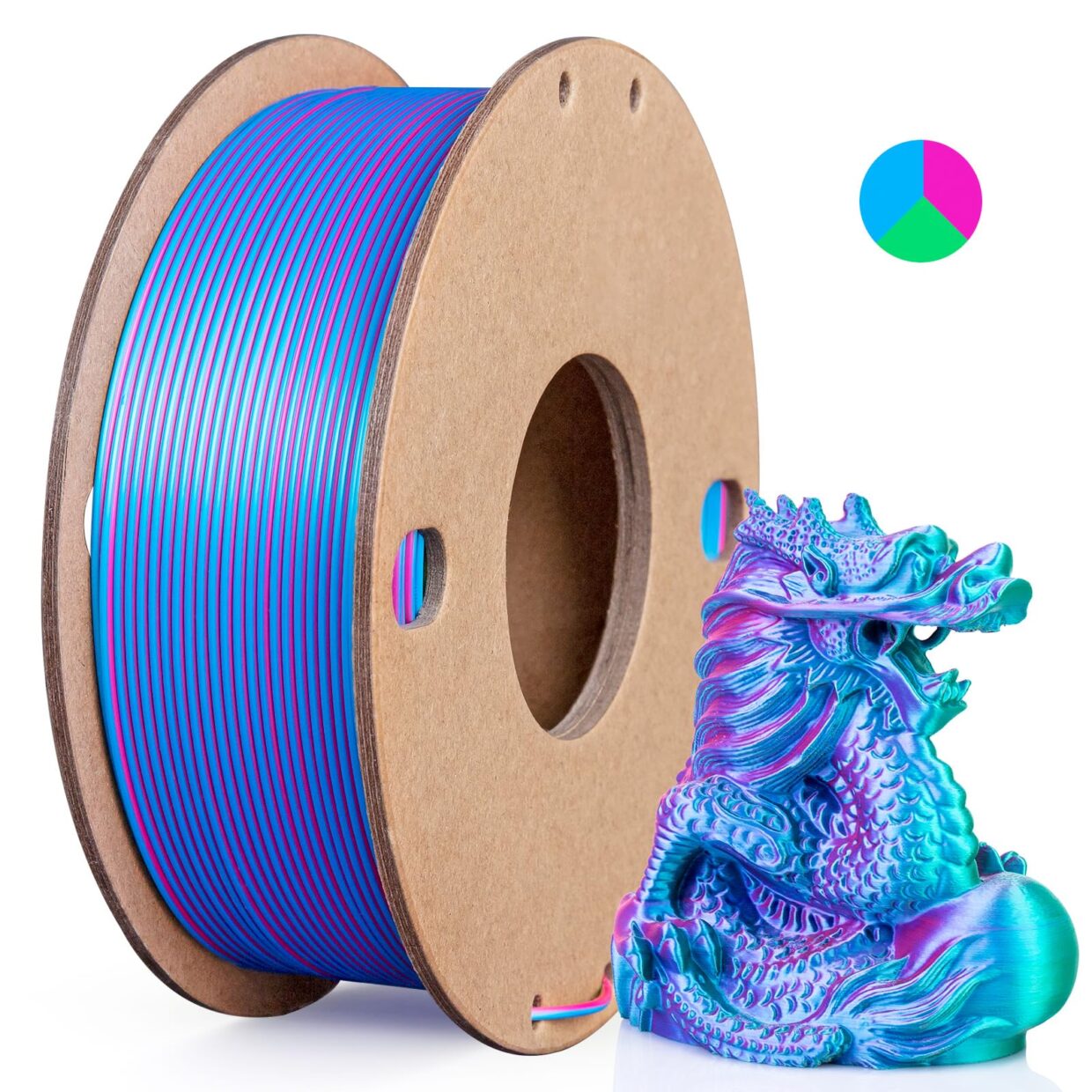
This image is property of Amazon.com.
PLA+ (Enhanced PLA)
PLA+ is an upgraded version of the standard PLA filament. It maintains the ease of printing while offering improved mechanical properties.
Pros of PLA+
- Improved Strength and Durability: It’s tougher than standard PLA.
- Ease of Printing: Similar to PLA, it requires low print temperatures and has minimal warping.
- Better Surface Finish: PLA+ often results in a smoother finish on your prints.
- Still Biodegradable: It retains the eco-friendly aspect of regular PLA.
Cons of PLA+
- Cost: Generally more expensive than standard PLA.
- Still Brittle: While better than PLA, it’s still not ideal for high-stress or high-impact applications.
- Lower Heat Resistance: Like PLA, it’s not great for high-temperature environments.
PETG (Polyethylene Terephthalate Glycol)
PETG is a favorite for those needing a bit more durability without compromising on ease of use. It’s a great middle-ground filament.
Pros of PETG
- Strength and Durability: Much tougher and more flexible than PLA.
- Chemical Resistance: Resistant to many chemicals and solvents.
- Ease of Printing: Easier to print than ABS but offers similar durability.
- Good Transparency: Excellent for applications where see-through parts are required.
Cons of PETG
- Printing Temperature: Requires higher temperatures, between 220°C and 250°C.
- Stringing Issues: Prone to stringing and blobs if not properly managed.
- Needs Controlled Bed Temperature: Generally, a heated bed between 70°C and 80°C is needed to avoid warping.
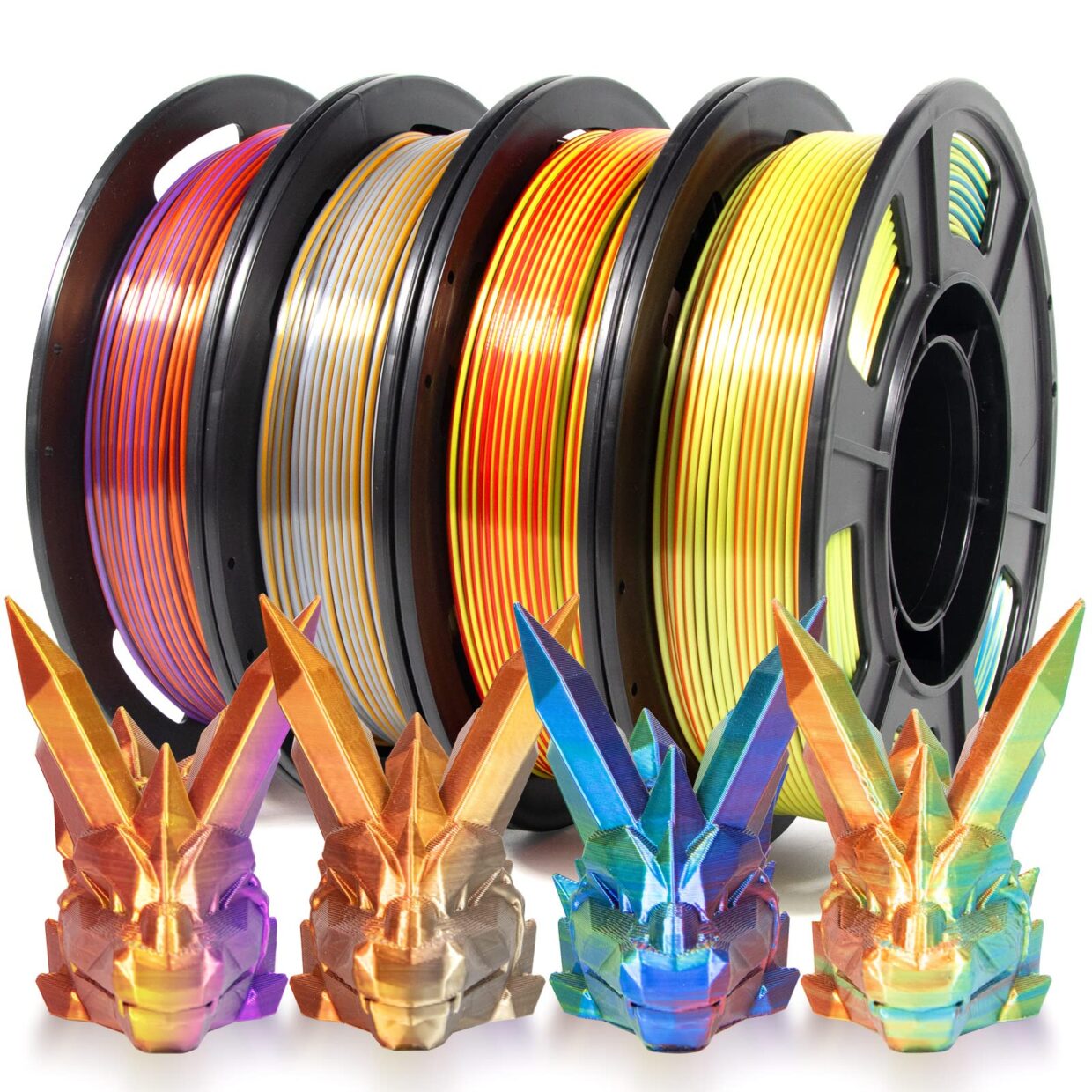
This image is property of Amazon.com.
PLU (Polyurethane)
PLU filament is less common but is gaining traction for specialized applications requiring flexibility and elasticity.
Pros of PLU
- Flexibility: Highly flexible and stretchable.
- Durability: Offers good resistance to wear and tear.
- Elasticity: Ideal for parts that need to flex without breaking.
- Chemical Resistance: Good resistance to oils and chemicals.
Cons of PLU
- Complex Printing: More challenging to print with, especially for beginners.
- requires Higher Temperatures: Needs a printing temperature between 210°C and 230°C.
- Stringing Issues: Prone to stringing, requiring fine-tuning of the printer.
ABS (Acrylonitrile Butadiene Styrene)
ABS is known for its strength and ability to withstand higher temperatures, making it popular for functional parts.
Pros of ABS
- High Strength: Stronger and more durable than PLA and PETG.
- Heat Resistance: Can withstand higher temperatures, ideal for parts that will experience heat.
- Machinable: Can be sanded, machined, or glued easily.
- Good for Functional Parts: Excellent for mechanical and moving parts.
Cons of ABS
- Fumes: Releases unpleasant and potentially harmful fumes, requiring good ventilation.
- Warping: Prone to warping and cracking, requires a heated bed and enclosed printing environment.
- Higher Printing Temperature: Needs temperatures between 220°C and 250°C.
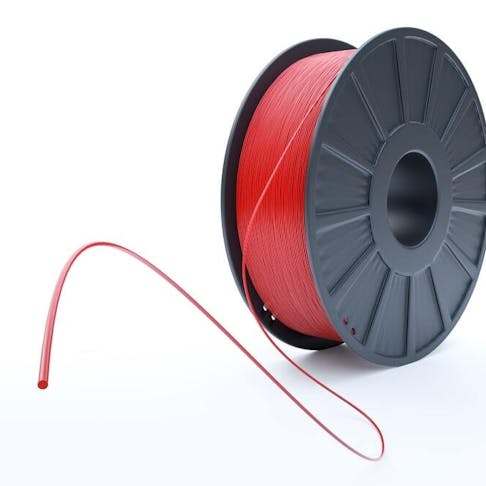
This image is property of images.prismic.io.
Comparing Filaments
Now that you know a bit about each filament, let’s put them side by side to compare their qualities. Understanding these comparisons can help you choose the right material for your specific needs.
| Filament Type | Ease of Use | Strength | Durability | Flexibility | Heat Resistance | Biodegradability | Ideal Applications |
|---|---|---|---|---|---|---|---|
| PLA | Easy | Low | Low | Low | Low | Yes | Prototyping, Toys |
| PLA+ | Easy | Medium | Medium | Low | Low | Yes | Prototyping, Functional Parts |
| PETG | Moderate | Medium | High | Medium | Medium | No | Mechanical Parts, Containers |
| PLU | Difficult | Medium | High | High | Low | No | Flexible Parts, Wearables |
| ABS | Moderate | High | High | Low | High | No | Functional Parts, High-Temp Applications |
Tips for Printing with Each Filament
So, you’ve chosen a filament—what’s next? Each type of filament comes with its own set of tips and tricks to achieve the best prints. Paying attention to these can help you get optimal results.
Tips for PLA
- Cooling: Use active cooling like a fan to get smooth, detailed prints.
- Bed Preparation: Blue painter’s tape or a build plate adhesive works well for bed adhesion.
- Printing Speed: Keep the speed between 30-60mm/s for best results.
- Post-Processing: PLA can be easily sanded and painted for a better finish.
Tips for PLA+
- Temperature Settings: Follow the manufacturer’s instructions as PLA+ has a slightly different temperature range.
- Bed Adhesion: Use a heated bed set at 50°C-60°C to improve adhesion.
- Retraction Settings: Fine-tune retraction settings to minimize stringing.
- Post-Processing: Similar to PLA, it can be sanded and painted.
Tips for PETG
- Bed Adhesion: Use a heated bed with a build plate adhesive to minimize warping.
- Printing Speed: A slower speed (20-40mm/s) helps reduce stringing.
- Layer Height: Thicker layers help improve adhesion between layers, reducing delamination.
- Active Cooling: Minimize cooling to avoid cracking.
Tips for PLU
- Printing Speed: Slow down to about 15-30mm/s for best results.
- Retraction: Minimize retraction settings to avoid stringing.
- Layer Height: Use a thicker layer height to improve print quality.
- Filament Drying: Store PLU in a dry environment to avoid issues due to moisture absorption.
Tips for ABS
- Ventilation: Print in a well-ventilated area to avoid fumes.
- Enclosed Printer: Use an enclosed printer to maintain consistent temperatures and avoid warping.
- Heated Bed: Keep the bed temperature around 90°C-110°C.
- Post-Processing: ABS can be smoothed using acetone vapor for a better finish.
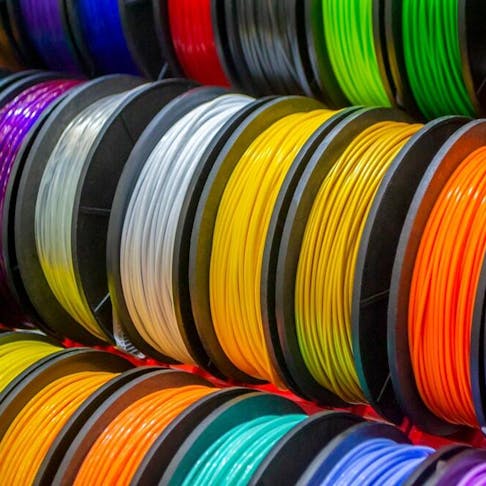
This image is property of images.prismic.io.
Wrapping Up: Choosing the Right Filament
Choosing the right 3D printing filament is a balance of understanding your project needs and the characteristics of each filament type. Here are a few takeaways to help you decide:
- If you’re a beginner or need environmentally friendly options, PLA or PLA+ might be your go-to.
- For higher durability and chemical resistance, consider PETG.
- Need flexibility and wear resistance? PLU could be what you’re looking for.
- If your project requires strong functional parts with heat resistance, ABS is a strong contender.
Remember, the best filament for you heavily depends on the specific requirements of your project. Happy printing!




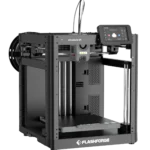
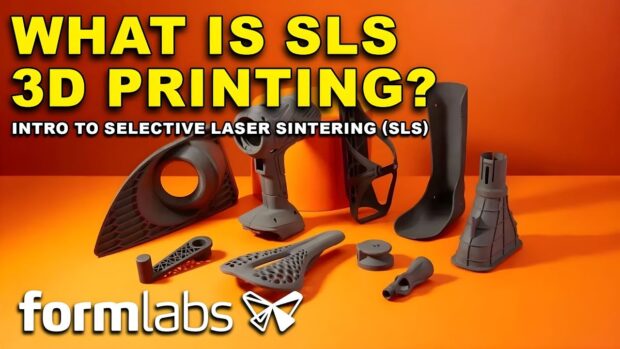
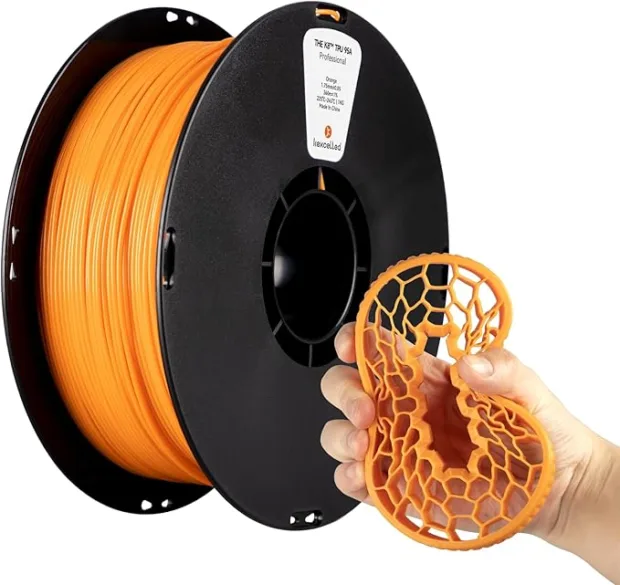
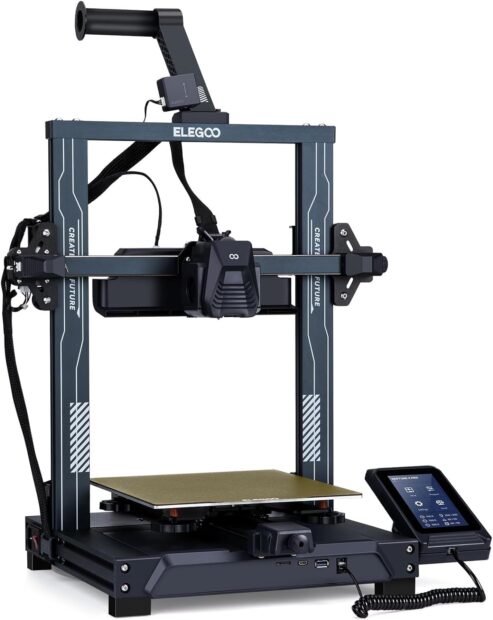
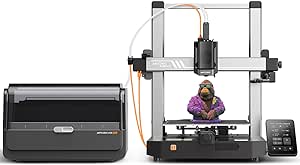
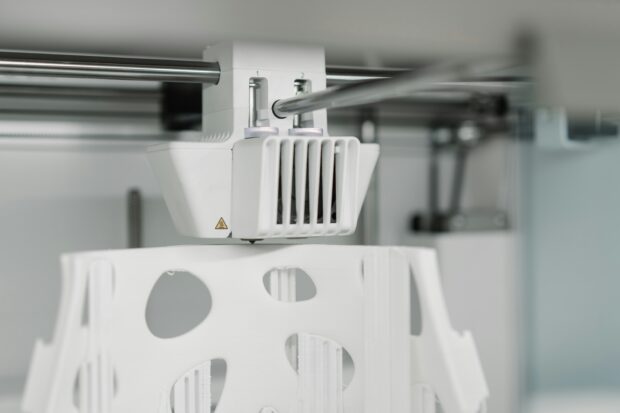
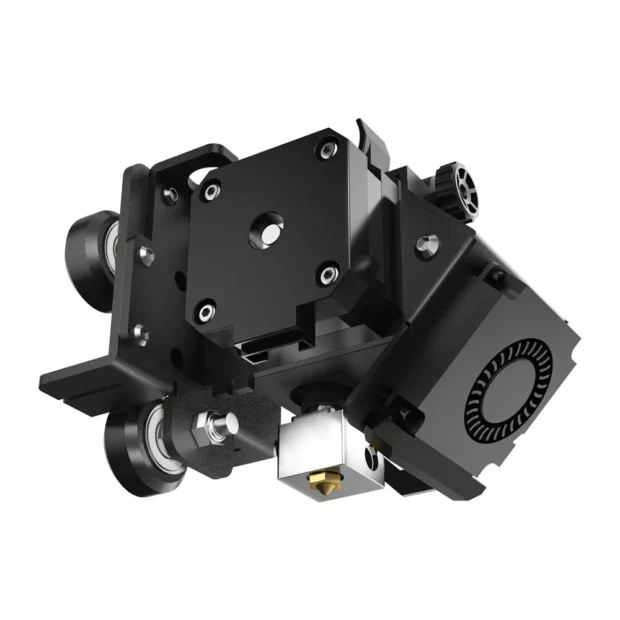
Be the first to leave a comment